Juicing without a juicer. Is it possible?
The answer isn’t all that straightforward, but it’s a question that’s often asked. The concept of juicing without a juicer probably appeals to at least some of you.
Why juice?
Juicing is getting plenty of buzz nowadays (rightfully so!), and a significant number of people are starting to learn about its benefits. The advantages of juicing are intriguing, and it's great to start enjoying your own freshly prepared fruit and vegetable juices. It only makes sense – juicing produces delicious, refreshing, all-natural beverages that offer a number of health benefits.
Do you really need a juicer?
Many people who’d like to start juicing don’t own their own juicer. Why would they? They’re just starting out. They want to know if buying one would be required. That's understandable. And some people just don’t have the extra counter space in their kitchen, even for an appliance as useful and healthy as a juicer. Others might want an alternative that can help them decide whether they’re interested in juicing over the long term or it’s something they’ll soon lose interest in.
Juicer alternatives
In truth, a juicer is indispensable for creating the real juices. If you want all the benefits of fruit and vegetable juicing and you’re committed for the long haul, sooner or later you’ll need a juicer. But, if you just want to squeeze your own fresh orange or other citrus juice, you can probably “make do” without a juicer. You won’t really be juicing – but you will be able to produce as much fresh, wholesome citrus juice as you want without incurring the price of a juicer. It’s pretty easy to squeeze the juice out of oranges and other citrus fruits by hand. You can use an inexpensive, hand-held wooden, aluminum or plastic reamer, a hinged squeezer, or a more upscale hand press to get the juice out of citrus fruits. All these devices are fairly efficient and easy to use with citrus fruits.
Unfortunately, they simply won’t work with vegetables and non-citrus fruits. An electric juicer will. Juicers can extract the juice from tomatoes, melons, carrots, lettuce and a wide assortment of other produce, plus they extract citrus juice much more efficiently than any hand-held manual device. A juicer will also ensure that you get the full benefit of all the vitamins, minerals, fiber and other wholesome constituents of the fruits and vegetables.
However, there’s another option for “juicing” vegetables and non-citrus fruits. If you don’t have a juicer, consider using an ordinary kitchen blender or food processor to start juicing without a juicer.
Technically speaking, you’re not juicing when you’re making
fresh fruit and vegetable juices with a blender or food processor, but it can
give you some of the same benefits without requiring you to buy a true
juicer. A blender can work well if you
like thick, fibrous juices or you begin with high water-content fruits –
watermelon, for example.
Peel your produce and chop it into small pieces. Place the pieces inside your blender’s carafe or your food processor’s bowl. Turn on the machine and blend your produce to within an inch of its life, then strain using a fine-meshed sieve or strainer. Discard the pulp and refrigerate the juice promptly.
Drink your juice fairly quickly. Juice made in a blender or food processor will lose its freshness faster than juice that’s been extracted by a juicer. That’s because a blender or food processor introduces more oxygen into the juice than a true juicer.
So, although juicing without a juicer isn’t possible
(technically speaking), by using one or two workarounds you can still get some
of the benefits of fresh, raw fruit and vegetable juices. Hand-held reamers, hinged squeezers and the
like work well with citrus, but for other types of produce you’ll need to use a
juicer, blender or food processor. If
you really want to take advantage of all of the benefits of juicing, you’ll
need to buy and use a true juicer. But
if your budget is limited, you’re short on counter space, or you’re just
exploring the possibilities and you want to make sure you’ll stick with juicing
before you invest in a juicer, these devices can work well in the short
run. They’ll give you a little taste of
what you’ll experience if you buy a true juicer.
Try watermelon juice or a plain tomato juice for starters.
Get blender drink recipe ideas and instructions
Take a look at buying a juicer
Try Smoothies Recipes in your blender
Return from Juicing without a Juicer to Juicing for Beginners
YOUR JUICER-IN-CHIEF
|
Hi Juice Lover! I'm Vanessa, the Juicing Mixologist. I'll be guiding you to radical wellness and hotness you can chug. Learn more |
ULTRA POPULAR POSTS
My favorite must-have wellness gadgets
Why the Vitamix is the best blender
Find top juicers that fit your style
How to make green drinks that taste good
The difference between juicing and blending
The need to know steps on how to start juicing
|
Took my BP today. It was lower than its ever been. It's that juicing! Love it! I also don't feel like I need my daily coffee pick me up! Feeling great. Nancy, Las Vegas |
|
This is the best site ever. Seth, Vancouver, Canada |
|
I've recently lost 10 pounds by using the weekend weight loss plan. Jan G, New Mexico |
|
I have no questions. Jeff, California |
|
ALL of the recipes have been winners. We honestly look forward to each days new concoction. Thanks! Sue, Denver |
|
I enjoy your emails; Alex, Chicago |
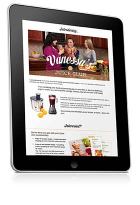 The Juice Club
The Juice Club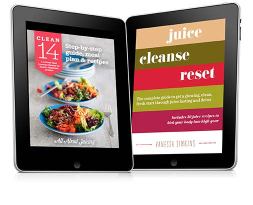 Live Group Supported Cleanses
Live Group Supported Cleanses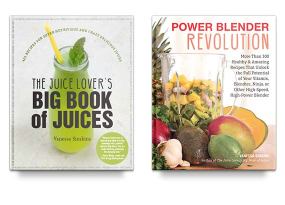 Vanessa's Paperback Books
Vanessa's Paperback Books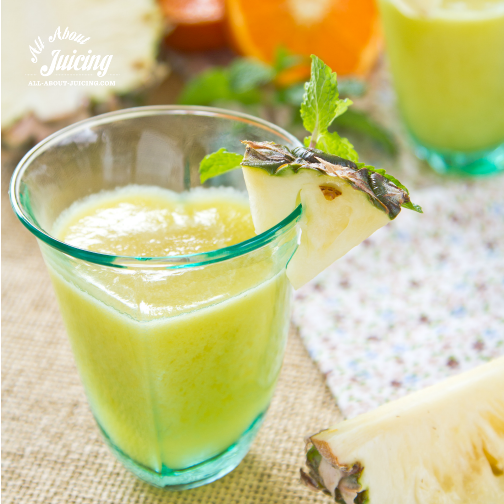






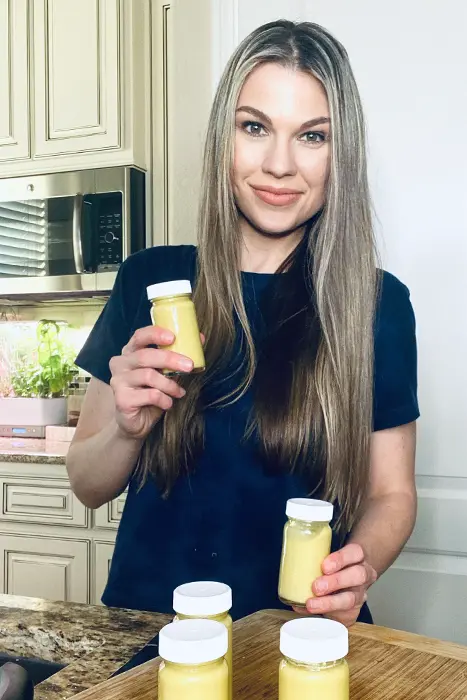


Lovin' this juicy info? Leave a comment in the box below